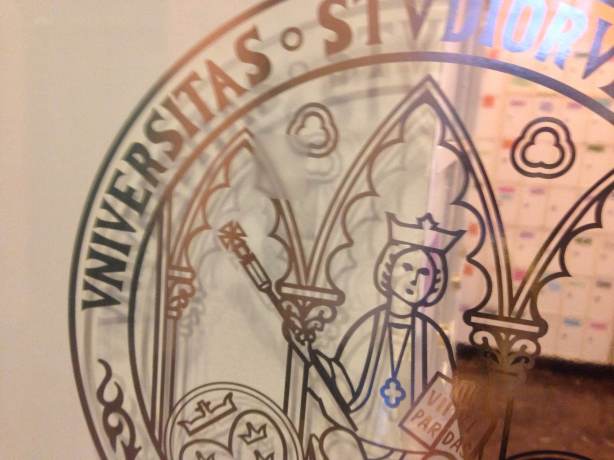
Facultad de Letras, Universidad de Murcia
I concede that Morphosyntax II is not an appealing subject name, not the one that will attract students in their thousands. Besides, the apposition “II” only worsens things: what if I missed “I”? Will I do it again? Why two of them? Isn’t one just enough? Just a few months ago I read the following in The Guardian:
Using the word “grammar”, can conjure off-putting images of an old-fashioned classroom. It makes it sound like a secret you’re not let in on, and has associations of “right” or “wrong”. On the other hand, “understanding” or “knowledge about language” make it sound more positive. World famous David Crystal said: “You have to put the notion of grammar in the background. It’s about meaning and clarity. Clarity unites us. I’m not afraid to use the word grammar, but I can see why people would be.”
I found this totally spot on. Re-shaping knowledge is part of our scientific tradition: labels and tags are constantly renewed as new discoveries and theories help us challenge traditional ways to look at reality. Now, we can understand language using tools that were unthinkable just a few decades ago. Today we know that language use differs as contexts of use focus on different discourse functions. Today we know that language is used differently in a research paper than in a magazine article and that fiction and conversation are not so different as many would think.
Morphology and syntax have been parts of the canon for philologists for over a century now. “Grammar”, however, was there centuries before. In fact, the first English Grammar, Pamphlet for Grammar, by William Bullokar, offers somewhat identical units of analysis as those by Douglas Biber and his team. It was 1586.
Talking about The Buckinghamshire Grammar Project Day in 2014, Hudson, the linguist, said: “In the 60s, a day like today would be unimaginable. But it’s very different now. It’s a big issue and it’s an exciting time for grammar. Grammar is old, international and big. It isn’t a peculiarity of a few people who think it’s a good idea.
These days we use online databases, e-dictionaries, language corpora, style checkers, spelling correctors and the like. We need to make a good use of these tools but, most of all, we need to learn to understand how language works across different registers so as to go deeper into how language-related communication works. Isn’t that why we do what we do?





